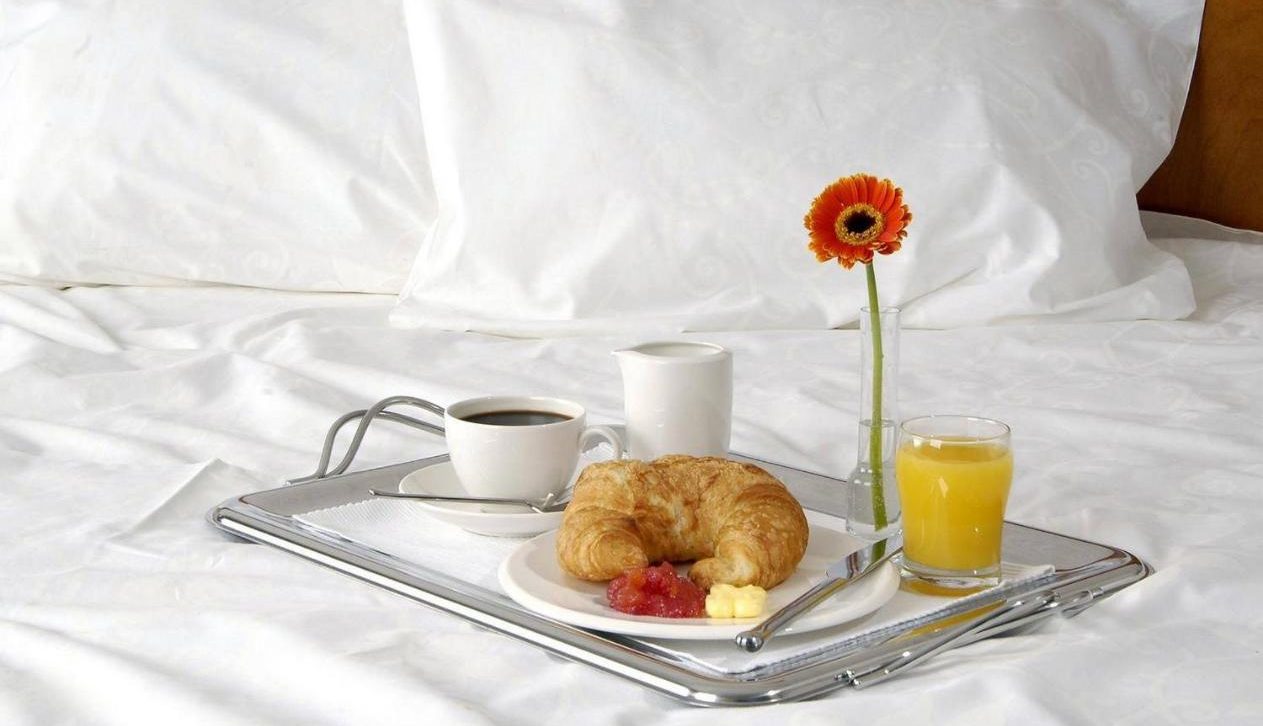Ancient heritage sites – walk in the footsteps of our ancestors
Travel back in time to thousands of years ago
Clare has an incredible history, and below is just a small selection of places to explore. You should also check out all our visitor attractions and filter them to match your interests.Take the short boat trip to the ancient monastic island of Inis Cealtra (Holy Island)
One of Ireland’s most famous monastic sites
Lough Derg, East Clare
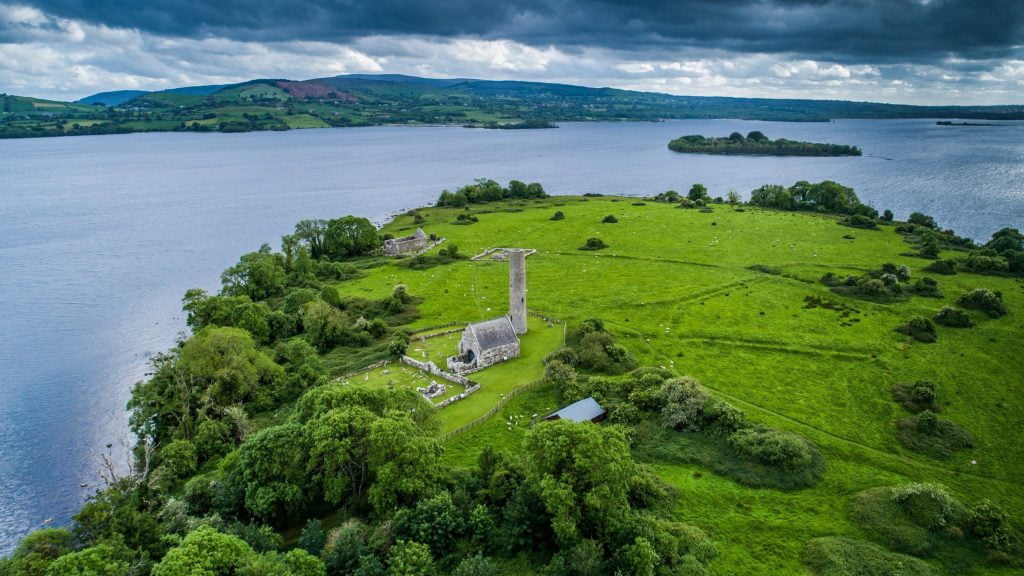
Inis Cealtra (Holy Island) is an island on the western shore of Lough Derg, accessed by boat from the beautiful village of Mountshannon. The island was an important religious site from the 5th and 6th Century when St. Colum and St Caimin had thriving monasteries there. The island was attacked by Vikings in 836 and 922 but continued as a religious site for many centuries after. The tranquil island has a round tower, several churches, and a ‘bargaining stone’ used to seal a deal with a handshake through a hole in a rock!
Visit this famous ancient burial site of Poulnabrone
The oldest megalithic structure in Ireland
The Burren, North Clare
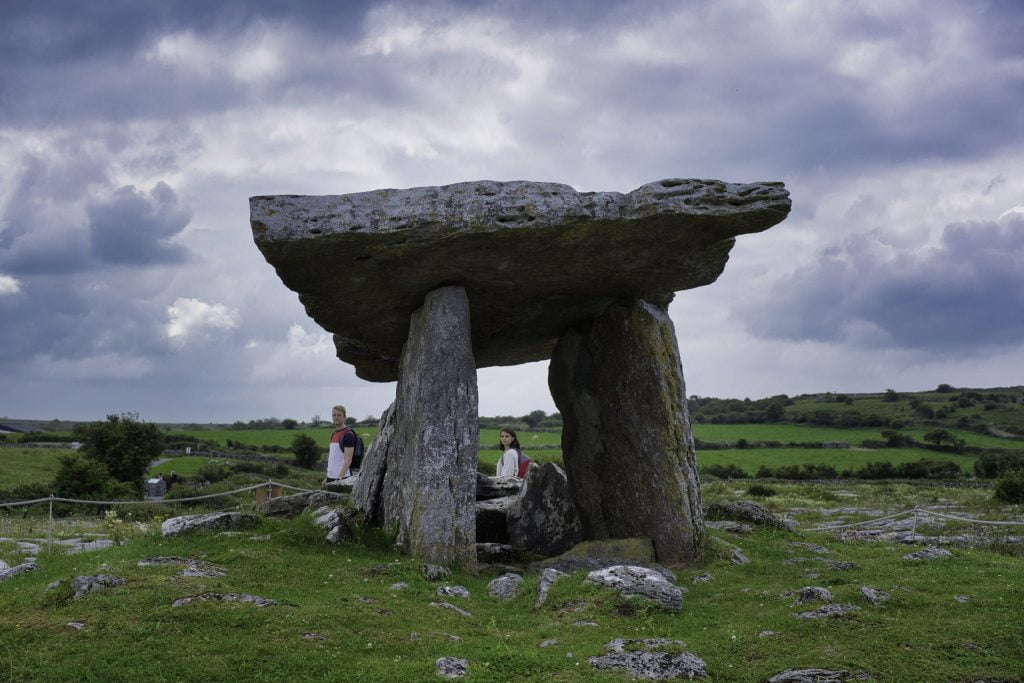
Poulnabrone Dolmen is one of the most iconic ancient sites in Ireland and, at 5,800 years old, is the oldest dated megalithic structure in Ireland, even older than Newgrange! Archaeological excavations have revealed the bones of 16 adults and six children were placed within the tomb, most likely after ritual funeral ceremonies. They appear to have had a hard life; most died before they were 40 and suffered from arthritis. One individual had an arrowhead embedded in their hip bone. The location of Poulnabrone Dolmen on the open expanse of the Burren makes this site extra special.
Explore this remarkable Caherconnell medieval stone fort
And stay for the sheepdog demonstrations!
Carran, North Clare
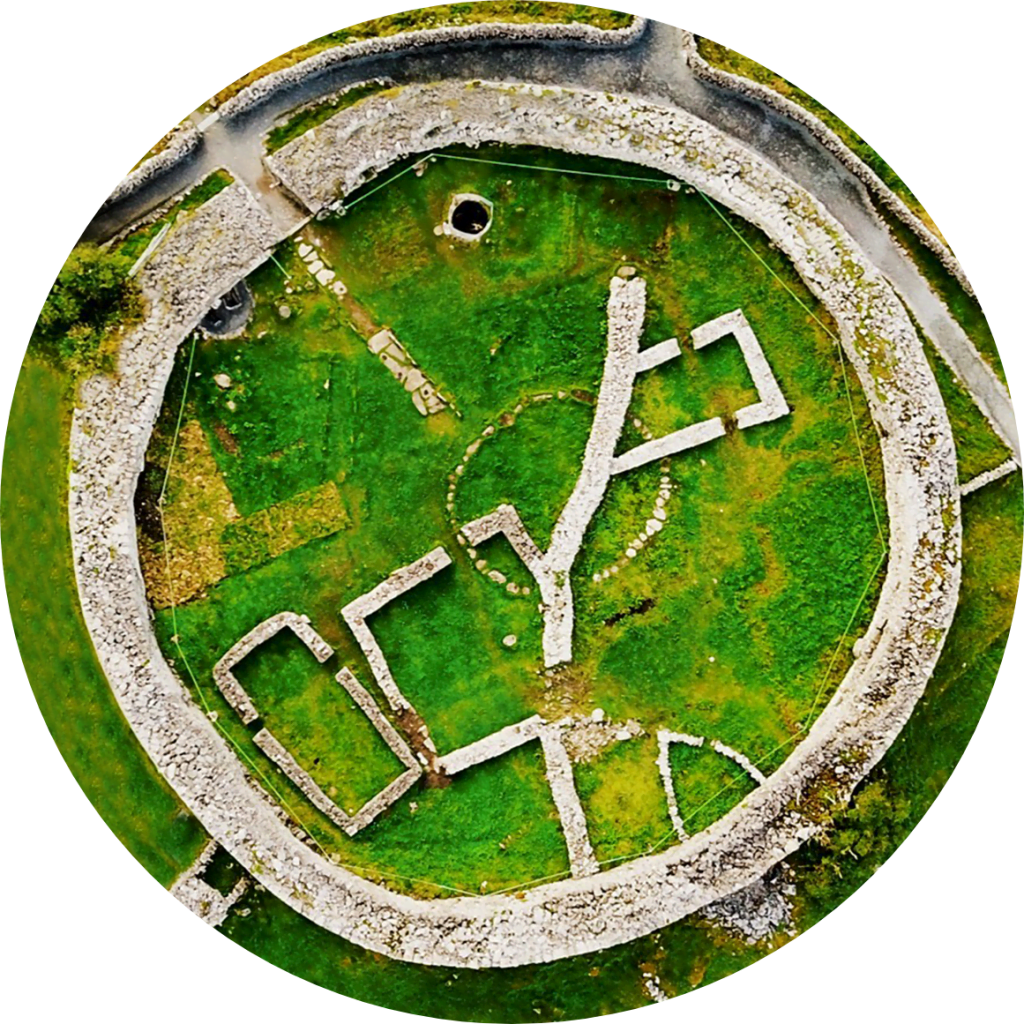
Caherconnell Fort is a remarkable Medieval stone fort over 1,000 years old. The site is home to an international archaeology school that has been actively excavating there for many years. These excavations have provided more information on life in these stone forts than any other site in Ireland. The family-owned site also has a wonderful sheep dog demonstration, showcasing how working dogs do their work in the rugged Burren landscape. The café serves delicious homemade food.
Take the boat to Scattery – a fascinating monastic Island
It’s just off the coast of Kilrush
Off the coast of Kilrush, West Clare
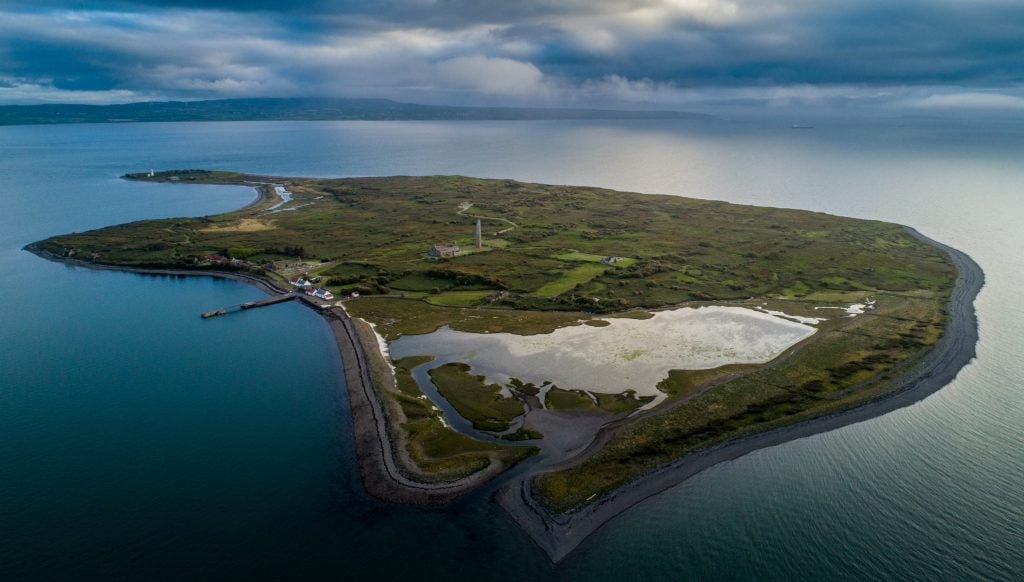
Scattery Island is situated in the Shannon Estuary near Kilrush. It is strongly associated with St. Senan, who built a monastery and round tower there in the 6th Century. There are six ruined churches, including the Church of the Hill, which local tradition says is where St. Senan banished a terrible Sea monster! The island was attacked several times by the Vikings. More recently, during the 18th Century, the British Government built a defensive structure that housed six large guns to protect the estuary from a potential invasion by the French.
See the carvings on the tomb of the King of Thomond, who died in 1268
Visit Corcomroe Abbey in North Clare
The Burren, North Clare
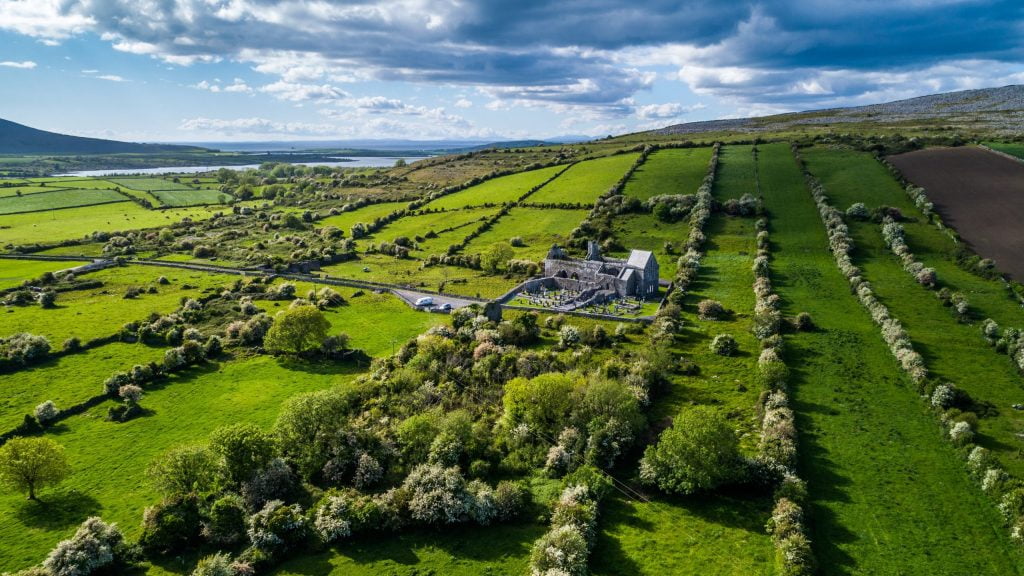
Abbey. It was founded by Cistercian monks in the 12th Century and contains some wonderful vaults and carvings, including a carved tomb for Conor O’Brien, the king of Thomond, who died in 1268. Corcomroe Abbey is also known as ‘St. Mary of the Fertile Rock’, believed to be a reference to the gardens of the monks who grew a variety of vegetables and herbs.
Take a trip to the ancient ruins of Clare Abbey, near Ennis
It was founded in 1189
Clarecastle, near Ennis, County Clare

Clare Abbey was founded in 1189 by Augustinian monks under the patronage of Donal Mór O’Brien, King of Thomond and was an important site for many centuries. During the 15th Century the buildings were repaired and many new features were added, including an unusual flower window and the tower. Excavations have revealed French pottery and evidence that the windows were glazed.
Wander around Mooghaun Hill Fort
One of the oldest bronze age forts in Ireland
Newmarket on Fergus, South Clare

Mooghaun Hill Fort was built around 950 BC, so it is almost 3,000 years old! The fort has three concentric limestone defensive walls. It is thought to have been the home of local chieftains, and probably 10 or 12 families lived there with their livestock. Stone castles were built there over 500 years later, indicating its long-lived importance; these were later used in the 18th and 19th Century by the inhabitants of Dromoland Castle as a picnic site. The largest and most spectacular hoard of prehistoric gold in Western Europe was found at Mooghaun Lough, one km north of the hillfort.
Explore 13th century Ennis Friary
It dates back to the foundation of Ennis, the capital of Clare
Ennis, County Clare
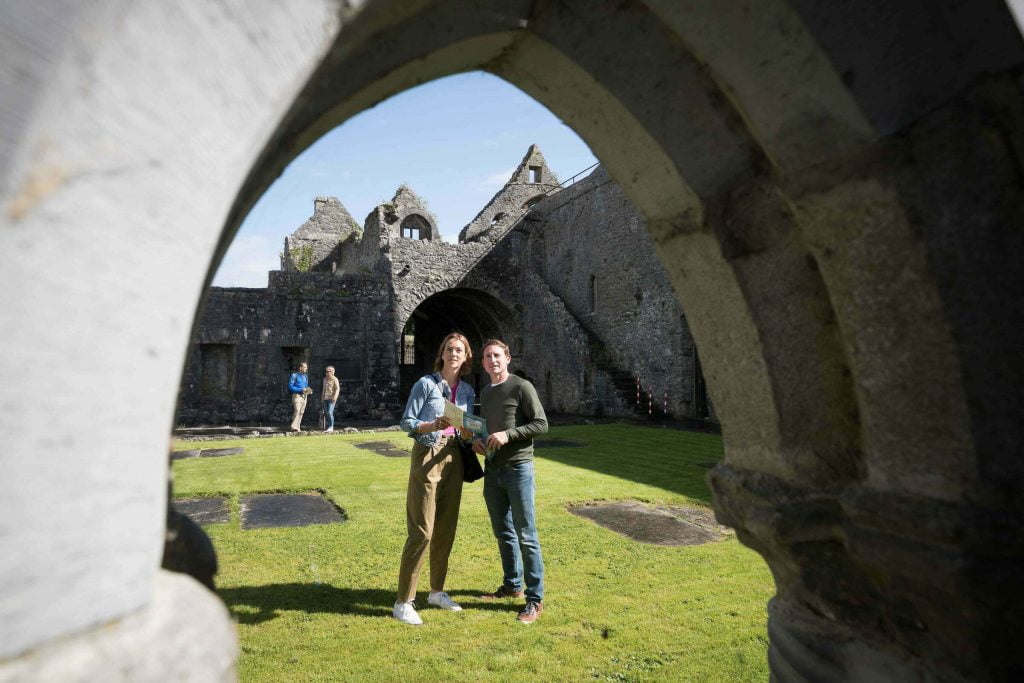
This medieval friary was founded for the Franciscans by the O’Briens of Thomond. Amazingly it was home to 350 friars and 600 pupils in 1375! It was the very last school of Catholic theology to survive the Reformation, which suppressed the Catholic religion in Ireland. The building contains some exceptional 15th and 16th carvings in local limestone, including one of St. Francis and another of Christ with his hands bound. The sacristy, with its ribbed barrel-vaulted ceiling, is particularly impressive.
Head to Quin Abbey
The cloisters, which remain one of the abbeys most prominent features, were constructed in the 15th century
Quin, South Clare
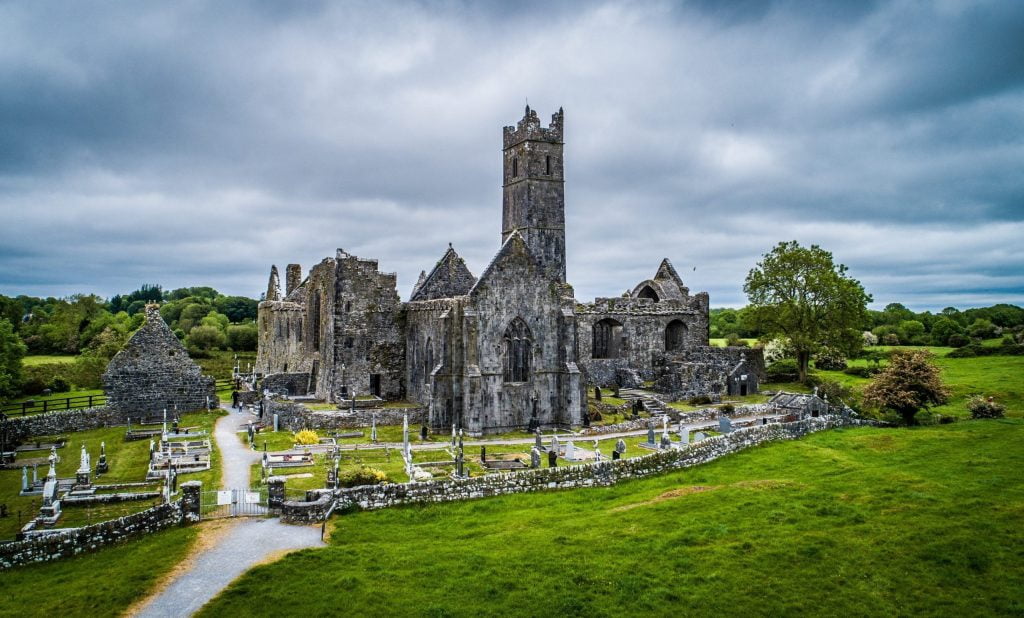
Quin Abbey was founded in 1402 and built on the site of an Anglo-Norman castle which was destroyed following the defeat of Thomas de Clare at the battle of Dysert O’Dea in 1318. The remains of the castle were incorporated into the friary. The friary has survived relatively intact, and the medieval stone altar remains as does the cloister, chapter room and kitchen rooms. The last Franciscan friar at Quin died in 1820.
See the triple stone Cahercommaun fort
people have been living here since the 6th Century
The Burren, North Clare
Cahercommaun is a triple stone fort situated dramatically on top of a limestone cliff in the middle of the Burren. It is very similar to Dun Aenghus on the Aran Islands. The fort was excavated in the 1930s by a team of archaeologists from Harvard University and contained at least twelve stone buildings and some underground souterrains. People have been living here since the 6th Century, and the fort was abandoned by the 10th Century. Excavated bones and artefacts indicate sheep and cattle farming were important to the residents.

